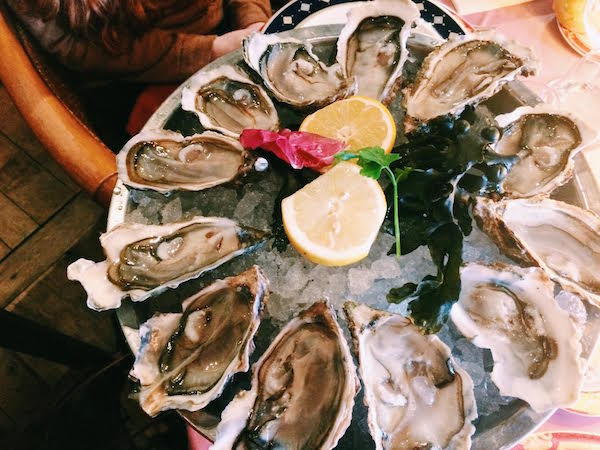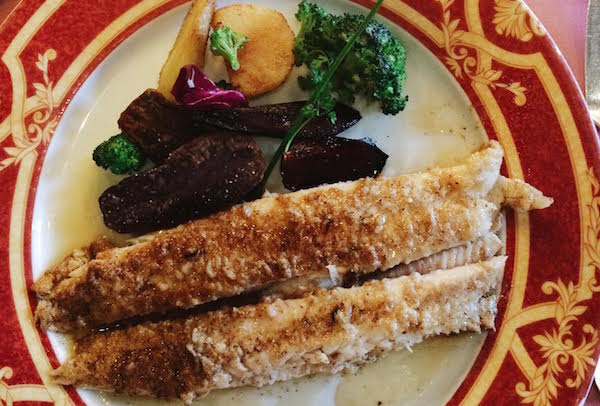Recreating Julia Child’s Lunch at La Couronne

In Rouen, France in 1948, Julia Child ate what she later declared to be the “most exciting meal of her life.” And I, almost 70 years later, set out on a pilgrimage to discover if this was still true.
I’ve spent hours poring over Julia’s memoir, My Life in France. In it, she speaks of going to cooking school and the markets in Paris, of her struggles, and of moments of utter joy when she finally felt like she belonged. She opens with a lengthy tale of that first lunch in Rouen, where she sat observing fellow diners and smelling the food as it was cooking, all while not understanding a word of the French that surrounded her.
As an American living, cooking and eating in France, it’s hard not to feel a connection with Julia while roaming through the markets or lingering over copper pots in E. Dehillerin, hearing her voice exclaiming, “Never explain, never apologize,” at every kitchen blunder.
But knowing that my time in France was coming to an end, I set out for Rouen to experience the meal that inspired her career, leading her to become America’s favorite French chef that no one in France has ever heard of.
Before I reached the restaurant, La Couronne, with my obliging sister in tow, I did as any modern-day eater would: I read every single review on the Internet that I could find, dwelling, of course, on the few negative ones. I read about everything from perfect, transcendental experiences to scathing incidents ending in food poisoning. I read about how it was overpriced and touristy, but also how so many of its diners went seeking a connection with the auberge’s storied past.
 Photo by Anne Elder
Photo by Anne Elder
Julia felt trepidation before she walked in thinking she wouldn’t be chic enough; my worries were fueled by Yelp and TripAdvisor.
La Couronne is the oldest auberge (in French, an auberge can mean an inn or restaurant) in France, dating back to 1345. It faces the square where Joan of Arc was burned at the stake in 1431, where in the 1970s a church was built in her namesake. The spot marks the place of Rouen’s old market square, where today vendors can still be found selling creamy Camembert de Normandie, meats and produce. La Couronne is known for its pressed duck, but because of Julia’s celebrity (and tourism) they created a special menu recreating her exact first meal in France, which is printed alongside the excerpt from her memoir detailing the meal.
-

-

-

-

-

-

-

-

-

-

-

-

-

-

-

-

-

-

-

-

-

-

-

-

-

-

-

-

-

-

-

-

-

-

-

-

-

-

-

-

 Photo by Anne Elder
Photo by Anne Elder Photo by Anne Elder
Photo by Anne Elder






































